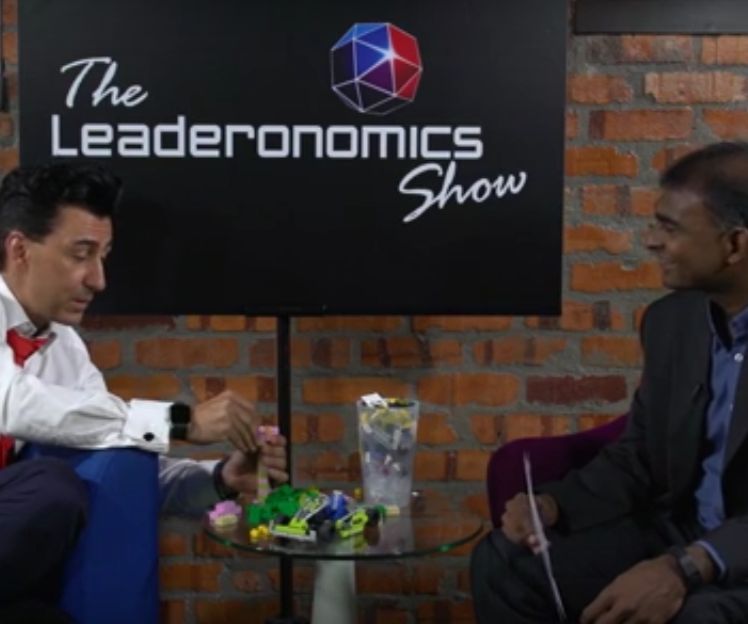Where Will You Stand In 2040?

Building leaders of leaders
In a recent article, we shared the findings of a study by strategy& that examined what made a good leader 100 years ago and how leaders have evolved since then.
Based on the educated predictions for 2040, our CEO of the future must be:
- agile – able to identify the need to change course, and have an organisation poised to do so
- able to see beyond traditional networks of stakeholders as well as build and empower cross-functional teams which may comprise internal and external partners
- highly entrepreneurial, for example, identifying potential disruptions that enabling technology can bring to customers through innovative business models
- recognises the importance of developing and delivering on a strong employee value proposition, and skilled in managing diverse workforces
- to keep both external and internal stakeholders engaged, be a great communicator
- socially conscious, and
- able to access and use data effectively.
Whether we would like to lead an organisation one day, or are contented to lead alongside the CEO, understanding what makes a great leader is crucial for our personal development and growth.
Never too early
At Leaderonomics, we believe that leadership development starts from young. In an article in The Leadership Quarterly, Murphy and Johnson analysed leadership over the lifespan and examined the earliest “seeds” of leader development.
Murphy and Johnson argue that:
“early experiences create the foundation for future leadership development to build on.”
They go on to postulate that there may be two main reasons for this: the greater ability for development to occur at a young age and the self-reinforcing nature of leader development.
Stages of development
Keeping in mind the skills that our future CEO would need to develop – leadership, entrepreneurial, collaborative and communicative – let us consider the education and early career experiences that may lay the groundwork for a work environment quite different from today.
The Leadership Identity Development Model (Komives et al 2005) describes stage-based development whereby achievement at each stage is influenced by contextual factors in the environment and individual’s variation in readiness. Each stage has a transitionary period – often reflective – whereby we replace our old ways of thinking while trying out new ways.
This model highlights that leadership development begins well before we take on formal positions of leadership, very likely at a much earlier age when we are first exposed to leadership in the environment.

Komives and her team suggest in their model that becoming a leader is more than just being given the power to lead, or having others follow. It is also the process of assuming the identity of a leader.
The model explores the different identity stages that occur throughout the lifespan of an individual, moving from an external source of leadership identity to an internalised sense of personal leadership.
Relational leadership
One of the key tenets of this model is the importance of “relational leadership”, characterised by the formation of strong relationships to achieve a common goal. This is very much aligned to the prediction of the CEO of 2040 needing to collaborate across teams, and to work with a diverse workforce for them to be a successful leader.
The more advanced stages in this model posit the movement of leadership from one person to a shared responsibility in teams.
Eventually, individuals are theorised to distinguish the importance of other players in one’s leadership abilities.
The development of leaders involves their recognition of leadership as being independent of others, before learning to depend on others in their leadership ability.
However, the most effective leaders must be able to identify that interdependence is what drives efficient leadership, as collaborative groups are the most likely to achieve their goals with ease.
For the CEOs of 2040, the earlier they can come to this conclusion, the more effective they will be in building these crucial relationships and mobilising their teams towards their goals. After all, a leader cannot lead without there being people to lead.
Incubator
In helping our future CEOs develop themselves, it is crucial that we help establish the most conducive environments for them to reflect and progress in their leadership identities. By recognising the different stages that they may need to go through in order to become a successful leader, we are better able to clear the obstacles that may impede their development.
Through encouraging the future generation of leaders to reflect on their understanding and experience of leadership, embrace the importance of collaboration and learning how to influence groups, we can help to shape the CEOs of 2040 while still being in 2015.

Related article: Leaderonomics Growth Model
Millie Ong wonders how many future CEOs of 2040 she has met, and where everyone is on their leadership journey. Karen Neoh has been privileged to have worked with great CEOs (even of the 20th century!) and has an inkling she has met at least two CEOs of 2040. Drop us a line or two in the comment box below or email us at editor@leaderonomics.com. For more Consulting Corner articles, click here.
Published in English daily The Star, Malaysia, 11 April 2015
Leadership
This article is published by the editors of Leaderonomics.com with the consent of the guest author.





